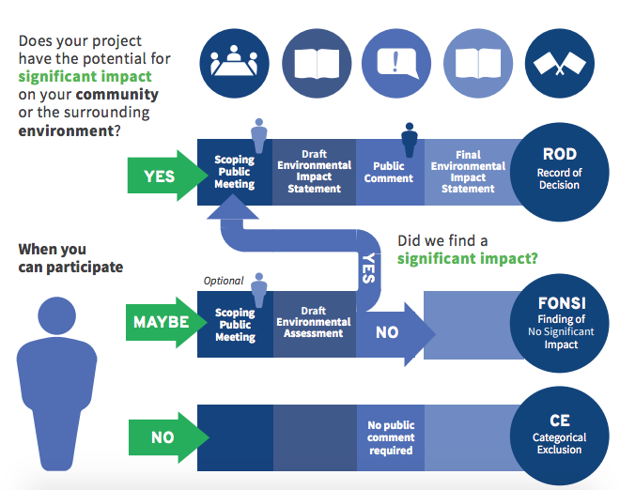The Transportation Toolkit is geared toward members of the public who wish to learn how to engage in the transportation decision-making process at the local, regional, state and federal levels. The Toolkit demystifies the decision-making process. It explains that transportation projects go through a predictable lifecycle (i.e., plan, fund, design, build and maintain). The Toolkit also defines key transportation acronyms and jargon using both text and graphics, and highlights engagement opportunities created by civil rights and public involvement regulations
2. Transportation Toolkit Quick Guide
The Quick Guide is a high level overview of the Transportation Toolkit.
3. Stories from Community Transportation Leaders
These stories highlight members of public like YOU and the impacts they had on transportation in their communities. Each storyteller describes how a transportation plan or project has increased the community’s access to opportunities including work, school, transportation and recreation. These individuals saw a transportation problem in their community, got involved in the decision-making process, rallied their communities, and created change. We hope these stories inspire you to read the Transportation Toolkit and get involved in transportation in your community!
4. Facilitator Guide and Facilitator Resources
The Facilitator Guide is a companion to the Transportation Toolkit. The Facilitator Guide was created to:
- Help you plan a Leadership Academy in your community! Invite your neighbors to learn from the Toolkit.
- Help you and your community figure out how to transform knowledge into action. The exercises and activities in the Facilitator Guide can help you better understand the transportation decision-making process and help you figure out where you can get involved in local and regional transportation projects. Note: Given the broad range of experiences and needs of different communities, some of the exercises or activities may need to be adjusted to fit your community.
You will also find resources to support those who have limited facilitation experience e and resources to improve your intergroup communication skills.
